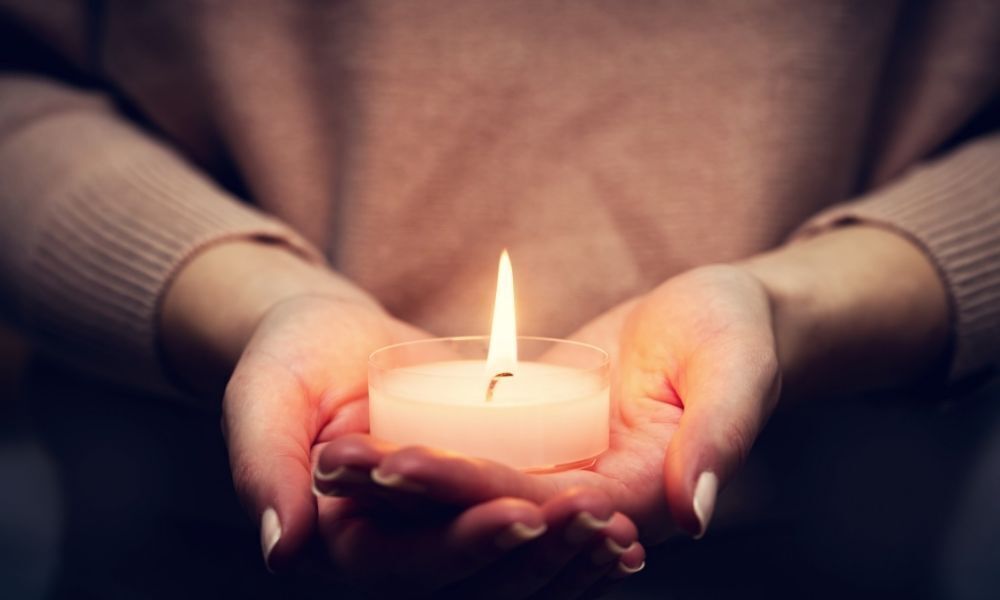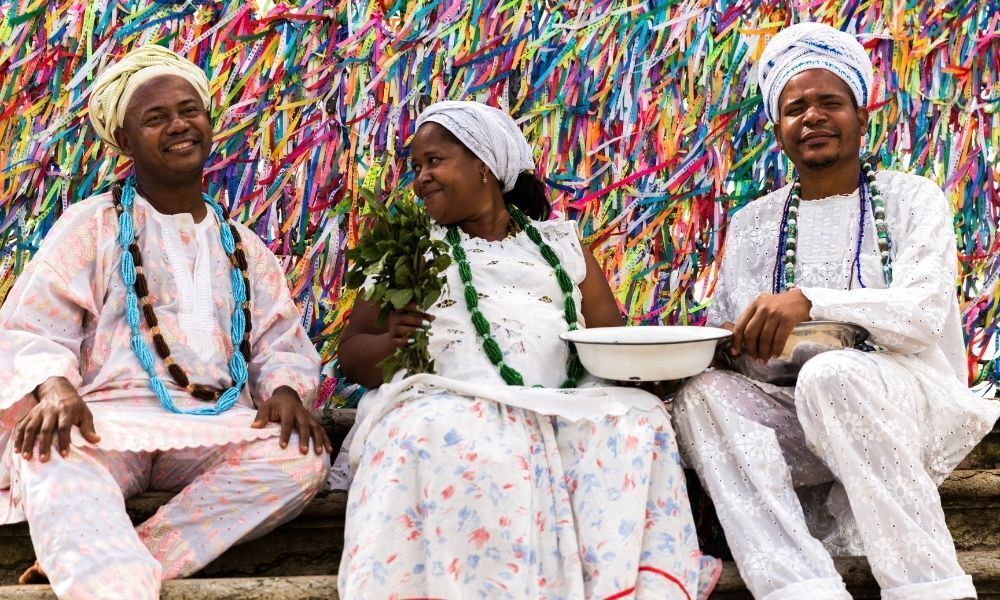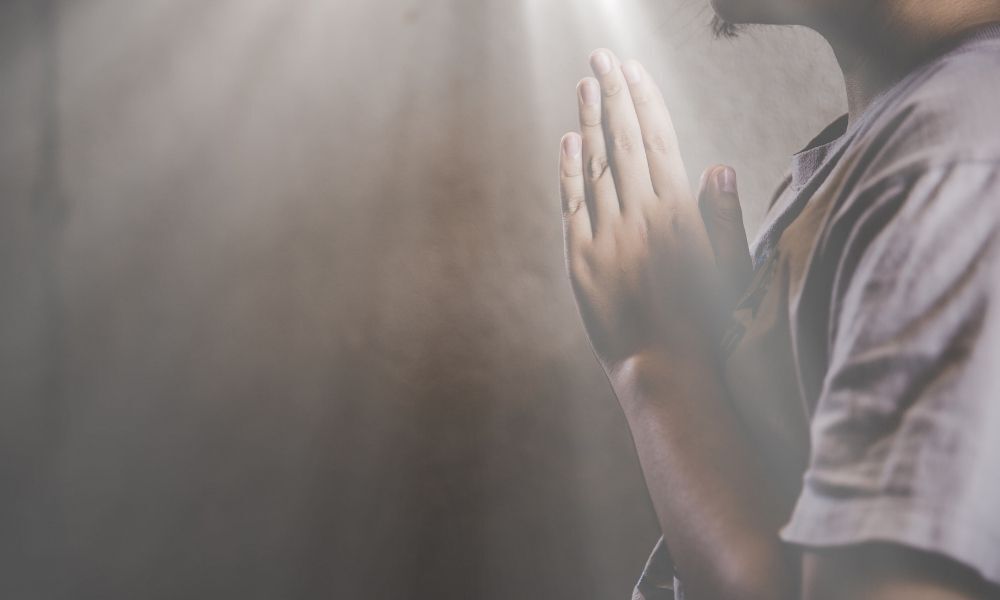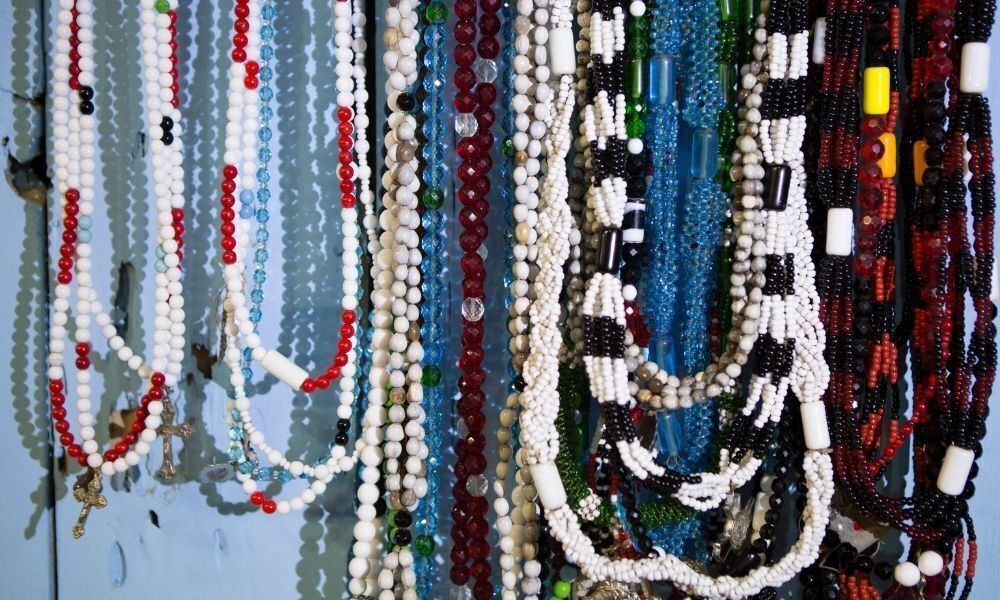Table of contents
Is there Lent in Umbanda?

Lent is a period of 40 days, being a period of seclusion, spiritual strengthening, prayer and penance. Many practitioners of Umbanda were once practitioners of Catholicism and still follow with the religious practices, such as following the rituals of Lent and end up staying away from the terreiro during this period.
Although many terreiros still close in this period, Lent is a religious practice of the Catholic Church and not Umbanda. The terreiros that do not close some keep their work normally, others work only with spiritual aid for the needy. In this article, find out all about Lent in Umbanda.
Understanding Umbanda

Umbanda is an Afro-Brazilian religion founded on the basis of Candomblé, Spiritism and Christianity. It seeks the good and love of neighbor through charities and spiritual assistance. The place where the rituals are performed are: terreiros, houses, centers or outdoors. The rituals and giras vary according to the influence of the house and each one has the orixá that rules the house. Learn more, thefollow.
Origin of Umbanda
Umbanda originated through a fusion of Candomblé, Spiritism, based on principles of reincarnation, and Christianity. Some consider it a Christian and monotheistic religion.
Although there is a great influence of Catholicism and many prayers are part of the terreiros, many rituals of the cults are of African origin and were practiced by former slaves and their descendants.
Umbanda history
Umbanda is a Brazilian religion and was founded on November 15, 1908, in Rio de Janeiro by medium Zélio Fernandino de Moraes, in a spirit section where he incorporated Caboclo das Sete Encruzilhadas. It was through this spirit that the creation of Umbanda was announced, based on values such as love of neighbor and charity.
The religion has a strong foundation in Kardecism and has major influences of Catholicism and Candomblé. It has great leaders such as the spirits of Preto Velho and Caboclos. The orixás best known in Umbanda are: Oxalá, Xangô, Iemanjá, Ogum, Oxóssi, Ogum, Oxum, Iansã, Omolu, Nanã. Other entities are also part of the giras, such as Caboclos, Petros velhos and Baianos.
Umbanda influences
Umbanda has great influences and from different religions, the most well known being:
- Catholicism: biblical readings, prayers, saints and commemorative dates;
- Spiritism: white table activity, knowledge of mediumship and energetic passes;
- Candomblé: representation, knowledge, festivals and dress of the orixás, speech and worship in Yoruba;
- Pajelança: caboclo's line and knowledge.
Although Umbanda has these five main influences, each house or terreiro follows its own line, so each one has its different way of working and according to its influences.
Lent in Umbanda

Lent in Umbanda is a time of personal and spiritual preparation, due to be a period of great spiritual instability is a period to reflect, evaluate your evolution, through prayers and baths of discharge. It is also a time to ask for protection to the spirits of light, consoling spirits and is also a period to help those in need. Learn more, below.
What is Lent?
Lent is a Christian religious tradition, marked by a period of forty days that precedes Easter, being celebrated on Sunday. The forty days begin after Carnival, on Ash Wednesday, which is where the preparation to live the Passion, Death and Resurrection of Jesus Christ begins, as well as a spiritual and personal preparation.
During this period Christians go through a time of recollection and reflection for their spiritual conversion. They go through times of prayer and penance and this time is marked to remember the 40 days that Jesus spent in the desert and the suffering that he endured.
Lent in the Catholic Church
Lent is one of the most important dates for Catholics, it is the preparation for Easter, that is, the resurrection of Jesus Christ. It begins after Carnival, on Ash Wednesday and ends on Holy Thursday. It is a time of spiritual preparation, which requires penance and much reflection.
Lent in the Catholic Church is also marked by the period of fasting that must be practiced by Christians, as well as confession and communion. During this period are also practiced charitable actions on behalf of others. Prayer, meditation, retreats, fasting and charity are major milestones in Lent.
In church, the saints are covered with purple cloths which is the color that represents this period of mourning, reflection, penance and spiritual conversion.
Popular belief about Lent
In this period it is very common for people to say that "the witch is loose", as if it were a time of hauntings, curses and souls on the loose. In the countryside there are still many restrictions during Lent, especially during Holy Week, such as not being allowed to sweep the house, comb hair, fish, play ball, etc.
For many people it is also forbidden the use of alcohol, cigarettes, or any kind of addiction, but as soon as the period of Lent ends people already resume their activities, no longer respecting this time of prayers and penitence.
Time of closed terreiros in history
One of the factors that lead the terreiros to be closed during the Lenten period is that many people who frequent Umbanda are former Catholics, still follow the rituals of Catholicism and use this period to retire and perform their penances, not being available to perform the giras and their works in the terreiro.
Although there is a Catholic contribution in the terreiros with the prayers, there is no connection to the saints and the orixás, but there is still pressure from the authorities and the Catholic Church itself, because it is a time of mourning and recollection.
Keeping the terreiros open during Lent is considered a lack of respect, for playing the drums and performing the giras normally and thus they end up closing and not continuing with their services.
Belief that "kiumbas" stay loose
The period of Lent in Umbanda is still much talked about being a dangerous period, for having many "kiumbas", that is, obsessors loose and that can manifest themselves in those who are in the streets, so it is recommended to stay at home, to protect yourself in order not to run any risk.
Many still believe this, but the Orixás have no relation with Lent, so you have to allow yourself, break these beliefs and keep your faith and heart open to spirituality.
What are "kiumbas" and "eguns"?
"kiumbas" and "eguns", are disincarnate spirits that stay on earth, although it seems to have the same meaning, the degree of evolution of these spirits is different.
The "kiumbas" are spirits with low evolution, they are those who did not accept or at least do not have the consciousness of the reason of their disincarnation. They approach those who are with weak spirituality and also those who have negative energies, inducing them to inappropriate desires and receive names such as: obsessors, charms and mockers.
The "eguns", on the other hand, are spirits with a higher degree of evolution, they are spirits of good and stay among us only in the period of transition to the spiritual world. The spiritual guides of the centers and terreiros are also considered as "eguns".
Lent in Umbanda today
Although some terreiros still remain closed during Lent, others are breaking this belief, keeping the works and following with the giras. As in this period many evil works are done, the terreiros assist with the Entities of Light.
Each terreiro works in a different way, some prefer to do only left giras, others work only helping those in need, with spiritual assistance, but there are also those who carry on with all the work normally, doing the giras and the batuques.
Lines of work in Lent
The lines of work during Lent vary greatly according to each house or terreiro. Some choose to work only with the breaking of spells and spiritual help, others work with the Exus and the Pombagiras, others only with the Pretos Velhos and Cablocos. The conduction depends greatly on the line of each terreiro.
As some work only with spiritual guidance it is valid to evaluate your needs and seek the terreiro that best serves you. Whether for spiritual evolution, break some kind of spell or participate in some gira.
Is it a problem to go to a Umbanda temple during Lent?

Previously, there were many beliefs that became a problem and even as something dangerous to attend a shrine of Umbanda during Lent, but over the years these beliefs have been broken.
Today is totally the opposite, as Lent begins soon after Carnival which is a period where many heavy and negative energies circulate and is also a period where many negative spells are practiced, the terreiros remain open to help those in need, but many also follow with their normal programming.
If you want to attend an Umbanda terreiro during Lent, keep your faith, positive thinking, be present and participate in the works without fear.

